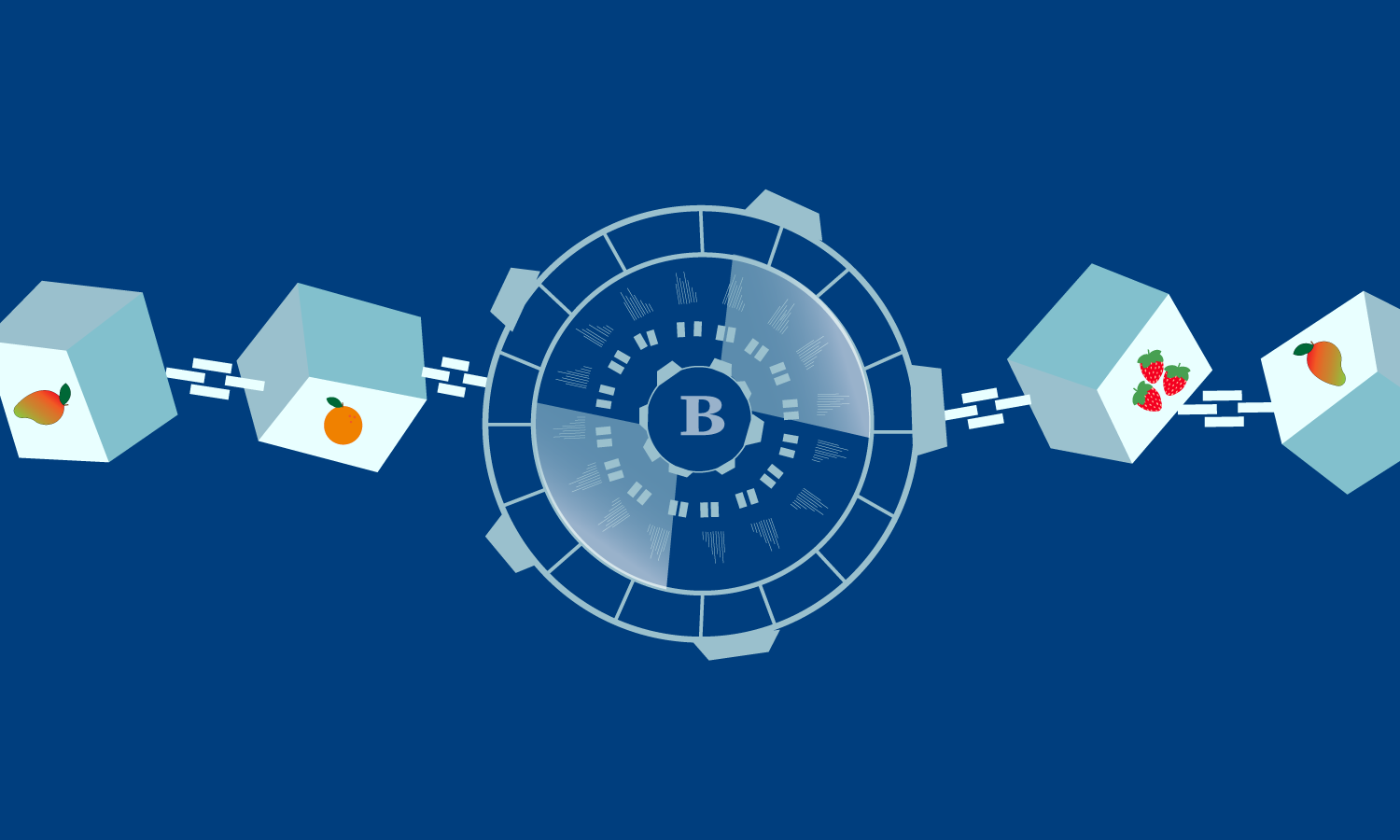The food industry involves many participants and touchstones, including governments and world markets. And these relationships are fraught with many opportunities for food safety catastrophes. If you want entirely automated trading services, you can visit websites like cryptoengine here, you will get all the advanced bitcoin trading features. Despite the dangers, food supply chains have been relatively untouched by innovation since the introduction of the refrigerator car in the 1920s.
It is because most food distribution is still dependent on paper-based records that often need more transparency, cost a great deal to maintain, and are difficult to coordinate across multiple parties. But blockchains for food traceability are about to change all that by providing digitized, decentralized ledgers and automatically reconciled transactions that interested stakeholders can easily monitor without depending on a single designated intermediary or centralized database owner. As a result, food traceability blockchain technology can help the food industry in three critical areas.
Second, it can increase trust by verifying product authenticity through geolocation tools that connect real-time information about food products with end users. Third, it can facilitate increased efficiency across the whole supply chain through shared data collection and dissemination standards, reduced time to market, and lowered costs.
With blockchain technology, the transparency consumers have been yearning for can finally be realized. In addition, the food industry will also benefit from instant visibility and complete control over their product supply chains through blockchain technology that is utilized as an immutable, distributed record of activity on every individual step along the chain’s route from farm to fork or spoonful to mouth.
Blockchain can reduce chances of food poisoning:
In the US alone, we lose 3,000 people annually to food poisoning. More than half of these illnesses are caused by contaminated produce. However, in many cases, the food itself is not contaminated—instead, it is the way it was handled by companies in the supply chain that has caused foodborne illness.
Many factors contribute to how easy or hard it is to identify where a given illness started, such as the different value chains in different types of retail outlets and how fast those supply chains move from one part of the country or around the world. Blockchain technology, by using a decentralized system for tracking all transactions, makes it easier to identify the source of contamination at the origin of foodborne illness.
To date, there has been a minimal incentive to move from paper-based systems toward digital approaches that would provide more transparency and visibility across supply chains. But once food traceability blockchain technology becomes widely available, it will be increasingly difficult for individual links in the supply chain to hide outdated or unsafe practices.
Blockchain can mitigate food wastage:
For example, the food supply chain is responsible for approximately 20% of greenhouse gas emissions worldwide. And it takes more than 50% of the world’s total water supply to grow the crops that go into the food that ends up on our plates.
To make matters worse, numerous factors in today’s marketplace encourage food waste, including surplus inventory and consumer misperception about how long a given item will stay fresh or edible after it has been purchased.
Blockchain technology can offer a long-term solution to the challenges related to waste. To start with, it can help ensure that all products are utilized for their intended purpose and are not lost or wasted because of expiration dates and poor quality at the time of purchase.
The first use cases for blockchain in the food supply chain include implementing intelligent contracts, which could eliminate potential costs associated with bulk storage—a problem faced by large agricultural producers who often have excess inventory in their warehouses—and a mechanism for ensuring that goods do not sit idle on store shelves for extended periods.
Blockchain can assure food product quality:
Most of today’s food is produced in one of three growing environments: open fields, greenhouses, or a controlled environment such as a hydroponics facility. But all three fall short of any guarantee of food safety standards.
The issue with controlled environment agriculture—such as hydroponics—is that it cannot verify whether the product has reached the final stage of growth, making it susceptible to contamination at any point along the supply chain. And there have been some high-profile recalls from certain types of greenhouse facilities due to contamination at the source. So in the case of open fields, the producer needs to find a way to show that the product was grown in a safe environment and free from contamination.
Blockchain technology can benefit these environments, providing producers with a way to verify each step of production and earn rewards for their products. At each point in the supply chain, there are different ways companies can utilize blockchain technology to provide better certainty about food quality.
For example, blockchain technology can provide visibility into how food is produced and stored on an open-field farm. With an immutable, decentralized ledger for tracking agricultural goods as they move from farm to fork or mouth, it will be much harder for contamination to occur.

